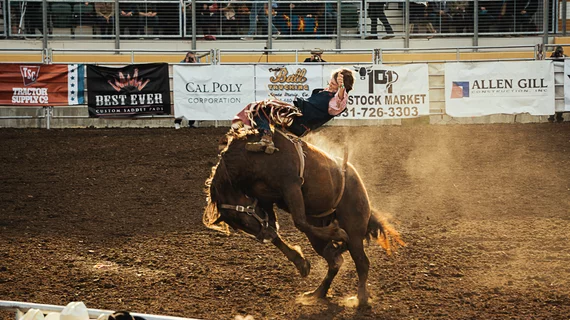The fall and rise of trauma CT on the front and back of COVID-19
When COVID-19 social-distancing orders eased across a densely populated county in the southwest, trauma visits spiked 35% over the pre-pandemic normal. This was accompanied by a 17% increase in average daily trauma CT exams.
However, the mean number of CT exams performed per patient dropped—and average times from order placement to scan completion rose significantly, from 31 minutes pre-pandemic to 47 minutes.
The metrics were recorded by researchers at the University of California, Irvine, and are reported in a study published online Oct. 29 by Emergency Radiology [1].
Post-Restriction Volume Increases Included Blunt as Well as Penetrating Trauma
Radiologist Roozbeh Houshyar, MD, and colleagues tracked trauma CT activity at UC-Irvine Medical Center before, during and after pandemic restrictions on crowding were enacted.
Retrospectively analyzing these volumes, around 17,000 in total, the team found the pre-pandemic trauma CT count was approximately 8,300 during the studied pre-pandemic period (Jan. 1, 2018 to March 19, 2020).
During the height of safety-protocol implementation (March 20, 2020 to Jan. 25, 2021), total trauma CT volume fell to around 3,100.
When the rules were relaxed (Jan. 26, 2021 to Feb. 28, 2022), the count bounced back to almost 5,600.
The researchers further report:
- Average daily trauma patient volumes increased significantly post-restriction compared with pre- and during-restriction periods (13.9 vs. 10.3 vs. 10.1).
- The post-restriction increases included blunt as well as penetrating trauma.
- The average daily number of trauma CTs increased markedly in the post-restriction period compared to the pre- and during-restriction periods (56.7 vs. 48.3 vs. 47.6).
In their discussion, the authors state their findings suggest that “additional resources, innovative approaches and further research are necessary to effectively provide emergent imaging for an increasing trauma population.”
Why Ballooning Turnaround Times?
Commenting on the conspicuous expansion in times from CT orders to scan completions during the reviewed post-restriction period, Houshyar and colleagues note that turnaround times may be affected by numerous factors.
Staffing levels, scanner utilization and equipment downtime all can contribute, whether singly or in combination, they note.
Regardless, the authors point out, in trauma settings especially, such slowdowns “may reflect a need for additional resources, for example, in transport and technologist personnel or equipment.”
More:
While this particular study lacks granular data to identify which factors contributed to the observed increase in turnaround time, one potential explanation may be as simple as the increase in trauma volume. Although we are not aware of any adverse events specifically related to delayed CT examination, timely completion of trauma CT examinations is an essential component of appropriate triage and optimal care.”
Corresponding Spikes in Firearm Sales, Vehicular Crashes
Houshyar et al. also note the troubling rise of penetrating trauma incidents in the wake of the COVID-19 pandemic.
In the present analysis, they found a 44% post-restriction spike in assaults at their institution and an increase of equal proportion in overall penetrating trauma.
Here the authors cite recent research to show these findings coincided with post-pandemic firearm sales.
Similarly, they note a 32% rise in motor vehicle accidents at their institution, which “may be partially explained by other studies finding an increase in risky driving behaviors, including driving under the influence of alcohol, speeding and failure to wear seatbelts …”
More:
While this data is concerning, further multicenter studies are needed to confirm the generalizability of these trends and attempt to elucidate if there are any opportunities for primary prevention to curtail these concerning findings.”
The journal has posted the study in full for free.

